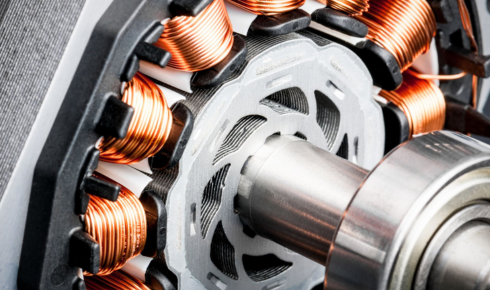Technology continues to evolve at a remarkable pace, creating new opportunities across industries. Two areas that may seem unrelated at first—bluetooth modular innovations and modern wind turbine systems—are actually connected by a shared goal: efficiency, reliability, and smarter integration. Both represent how digital technology and renewable energy are shaping the future in exciting ways.
What is Bluetooth Modular Technology?
Bluetooth modular technology refers to pre-certified, ready-to-use Bluetooth modules designed for easy integration into electronic devices. Instead of designing wireless communication systems from scratch, engineers can use these modules to save time, reduce costs, and speed up product development.
These modules typically include a Bluetooth chipset, antenna, firmware, and necessary certifications. Their plug-and-play nature makes them ideal for a wide range of applications such as:
- Consumer electronics like headphones, speakers, and wearables
- Smart home automation systems
- Industrial IoT solutions
- Healthcare devices and remote monitoring tools
The advantage is clear: companies can innovate faster without worrying about regulatory approvals or design complexity. Additionally, with the rise of Bluetooth Low Energy (BLE), these modules now support power-efficient communication, making them even more valuable in connected ecosystems.
Wind Turbines: Harnessing Nature for Power
On the other hand, wind turbine are at the heart of renewable energy. They transform wind into electricity by using large blades connected to a rotor, which spins a generator. Over the years, wind turbines have evolved significantly, becoming larger, more efficient, and smarter.
Today’s turbines are no longer just mechanical giants standing in fields or offshore sites. They now integrate digital technologies for monitoring, automation, and performance optimization. This combination ensures turbines deliver maximum power output with minimal maintenance downtime.
Where Bluetooth and Wind Energy Meet
It might sound unusual to compare wireless communication modules with renewable energy systems, but there is growing synergy between the two. As wind turbines become smarter and connected, Bluetooth modular technology is emerging as a tool for enhancing their monitoring and control systems.
For example:
- Sensor Integration – Bluetooth modules can be used to connect wireless sensors that track temperature, vibration, and structural health of turbine components. This ensures real-time performance monitoring without extensive cabling.
- Maintenance and Diagnostics – Technicians can use Bluetooth-enabled devices to communicate directly with turbine systems during inspections, making maintenance quicker and more efficient.
- Smart Grid Connectivity – By enabling short-range, low-energy communication, Bluetooth modules can support data exchange within local energy management systems.
- Safety Improvements – Workers can rely on Bluetooth-linked wearable devices that alert them to hazardous conditions when operating near wind turbines.
This intersection of wireless technology and renewable energy highlights the importance of connectivity in modern infrastructure.
Future Opportunities
Looking ahead, the combination of Bluetooth modular technology and wind turbine advancements presents exciting opportunities:
- Predictive Maintenance – By pairing Bluetooth-enabled sensors with AI-driven software, operators can predict failures before they happen, reducing costly downtime.
- Smarter Energy Grids – Turbines connected through modular communication systems can play a stronger role in decentralized, community-based energy solutions.
- Sustainability – Wireless monitoring reduces the need for physical wiring and infrastructure, lowering material usage and making renewable energy systems even greener.
- Remote Monitoring – Engineers can track turbine performance from a distance, using Bluetooth in combination with other wireless technologies for seamless communication.
Broader Implications
This growing integration demonstrates a key trend in modern technology: convergence. We no longer see industries in isolation—wireless communication, data science, and renewable energy are increasingly working together. Whether it’s a Bluetooth-enabled device at home or a massive offshore turbine generating power, both embody how innovation improves efficiency and sustainability.
Final Thoughts
From powering our gadgets with simple wireless connections to generating renewable electricity through advanced engineering, both Bluetooth modular solutions and wind turbines represent progress toward a smarter, cleaner future. As industries embrace digital transformation, the line between consumer tech and industrial energy continues to blur. In the years ahead, expect to see even more overlap—where communication technologies not only enhance our personal devices but also drive the renewable energy systems that keep our world running.




